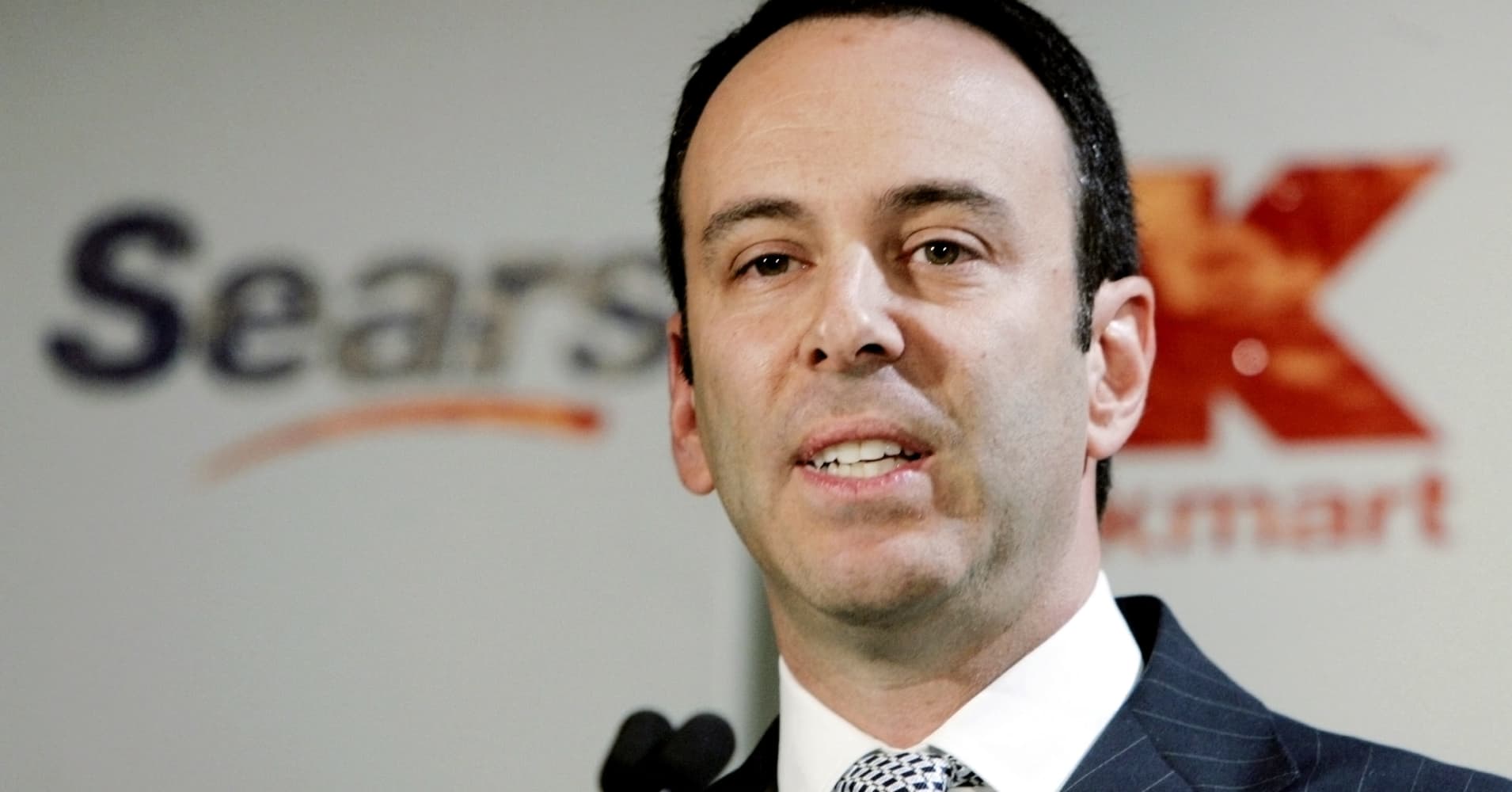
Sears Holdings reached a roughly $5 billion deal with its chairman, Eddie Lampert, early Wednesday morning to keep the company, and roughly 400 stores, in operations, according to a person familiar with the situation.
The deal came after days of negotiations held at held at the law firm Weil, Gotshal & Manges. Lampert has been trying to buy Sears out of bankruptcy through an affiliate of his hedge fund ESL Investments. The owner of Kmart and Sears had filed for bankruptcy in October and Lampert’s bid was the only one that would have kept it alive.
The offer had strong bargaining tools: it could save up to 50,000 jobs and create an infrastructure to support the continued operations of its businesses like Sears Home Services. But multiple offers that Lampert put forward over the past few weeks have fallen short.
There have been questions about the bid’s ability to cover Sears’ administrative expenses, like vendor payments and advisory fees. The bid is relying on a $1.3 billion so-called credit bid − funding the deal in part by forgiving debt owed to ESL Investments. Sears’ unsecured creditors have objected to its use.
On Tuesday afternoon, Lampert seemed unable to bridge the gap, and his offer was effectively dead, people familiar with the matter said. In a conversation with the bankruptcy judge, however, ESL and Sears were instructed to wrap up a deal.
From 11:00 p.m. Tuesday to 2:00 a.m Wednesday, Sears, ESL and their advisors worked furiously to figure out a deal. Ultimately, ESL moved its offer up by roughly $150 million, including taking on more liabilities, one of the people said.
Still, obstacles for Lampert and Sears remain. Sears’ unsecured creditors are not on board with Lampert’s bid, a person familiar with the situation said. They have said there may be claims against Sears for deals done under Lampert’s tenure as CEO its largest shareholder, which include Sears’ spinoff of Lands’ End in 2014 and transactions with Seritage Growth Properties, a real estate investment trust Lampert created through some Sears’ properties a year later.
If the Sears’ unsecured creditors formally object to the bid, the bankruptcy judge will need to assess the merits of their claim on Jan. 31. Lampert needs the judge’s sign-off in order for his bid to be official.
Even if Sears ultimately emerges from bankruptcy, it will need to address the challenges that led to its initial downfall.
ESL has said it is only buying Sears’ profitable stores, but, as a whole, the company hasn’t turned a profit since 2010.
Lack of investment has left its stores largely discarded, and, as result, the retailer has lost its relevancy with customers. Sears is competing with well capitalized competitors like Walmart and Target, which have beaten Sears over the years by pouring money into private-label brands, while also offering goods at affordable prices. Those retailers are also investing in technology like delivery that is more difficult for a smaller, more constrained player like Sears.
Amazon, meantime, continues to dominate retail and threatens all chains with its strong membership program and investors that are willing to overlook margins.
The people requested anonymity because the information is confidential. A spokesperson for ESL declined comment.
Sears filed for bankruptcy with roughly 700 stores and has since shrunk store footprint to a little over 400 through multiple rounds of store closures. It could not be immediately determined whether Lampert’s bid will save all the remaining stores.
Be the first to comment